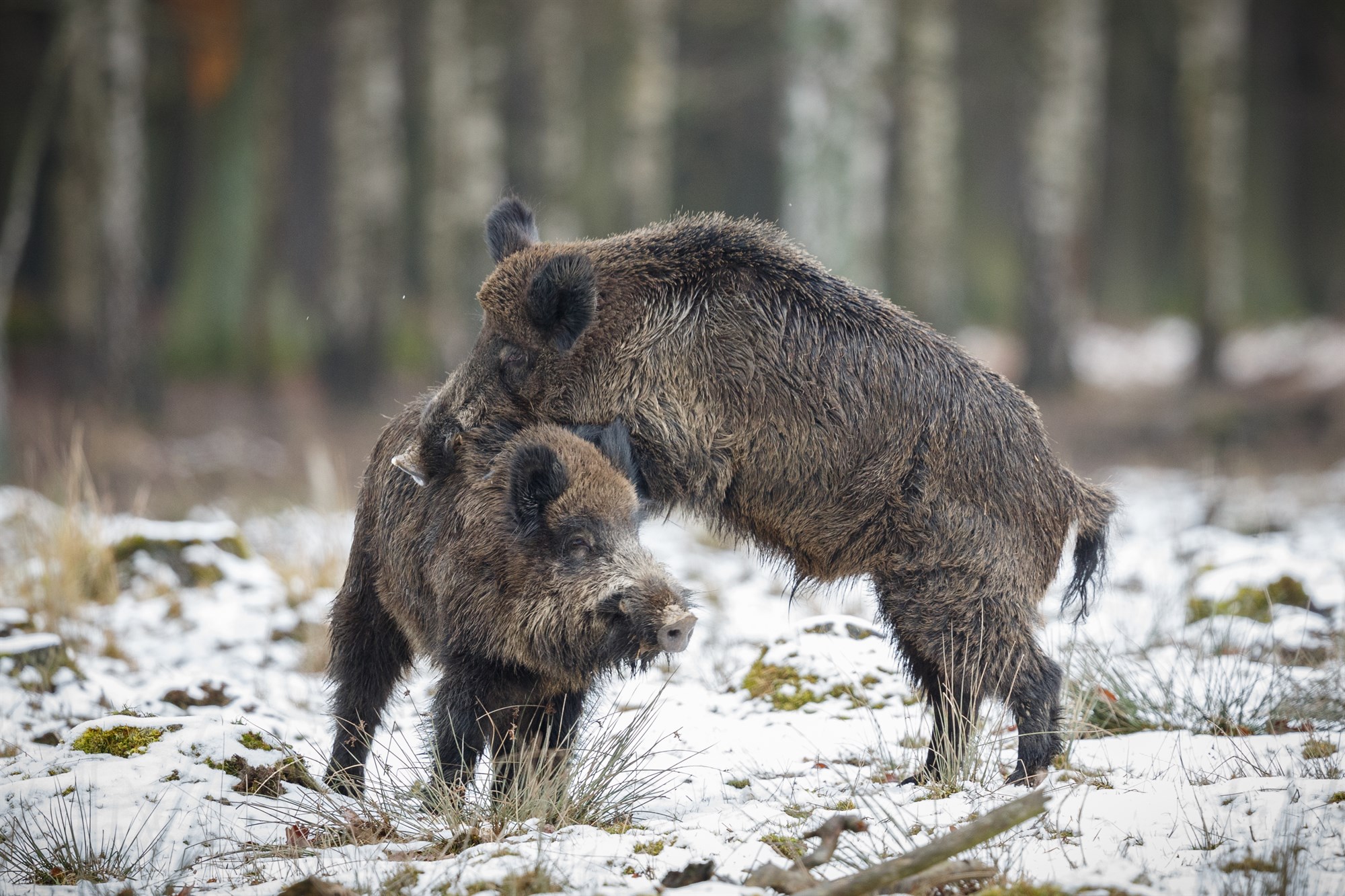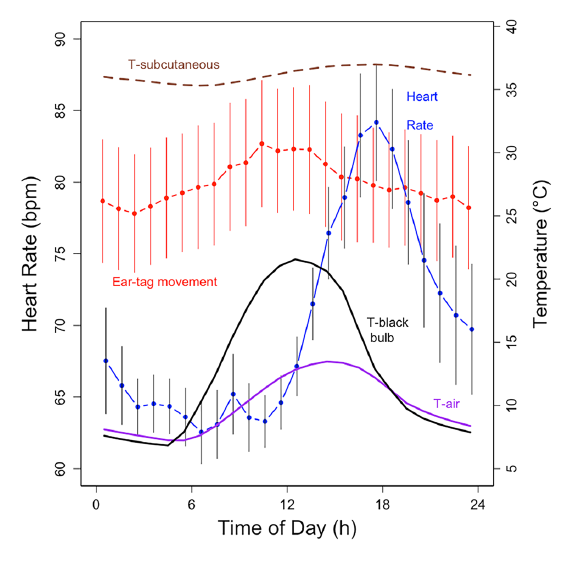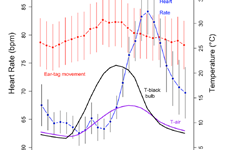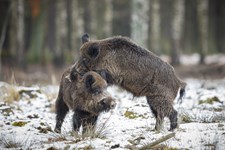News

Wild boars defy climate change through thermoregulation
Wild boar (Sus scrofa) has made all continents home apart from Antarctica, and has become a pest in large areas. The dense European population has led to them destroying crops and causing trouble in urban areas. It is only mammals, apart from humans and their companion animals, the house mouse (Mus musculus) and the Norwegian rat (Rattus norvegicus), that have naturally settled in as many areas with these vast climatic differences. They are reported in cold parts of Siberia, Vietnam, Australia, New Zealand, and North Africa. In a current study, the effect of climate change on the survival of the wild boar was studied. The study looked at the effects of a cold climate versus a warm climate on thermoregulation, energy expenditure, and the adaptation of the wild boar to different climates.
One year of heart rate measurements
Scientist from the University of Veterinary Medicine, Vienna, implanted 10 five and six years old females wild boars with Star-Oddi’s DST centi-HRT in October/November in 2016 and 2017. They removed the loggers one year after implanting them, the last one in January of 2019. The loggers measured heart rate and temperature every 12 minutes. They also measured subcutaneous and intra-peritoneal temperature with other implantable devices, with a total sample size of 13 animals.
Adaptation different during winter compared to summer
The most obvious adaptation from summer to winter was the difference in the thermoneutral zone (TNZ) between the two periods. Summer TNZ was between 6-24°C and winter between 0-7°C defined from increases in HR as a proxy to metabolic rate (MR). The overall mean heart rate was about 66 bpm, which was triple the minimum mean heart rate of ~22 bpm. a rather subtle increase and places the wild boar with arctic animals such as the polar bear, while tropic animals would raise their MR severalfold with cold exposure.

Fig 5. from the article shows the 24-hour circadian rhythm in temperature and heart rate.
Daily Rhythms Important for Thermoregulation
Wild boars use the predictability of daily cycles, especially in their skin temperature rhythms, to create significant temperature differences within their bodies. The researchers suggest that this ability to thrive in diverse climates stems from the efficient use of low-cost cold thermoregulation and effective heat-countering behavioural strategies. Their main threat being reduced food availability due to more frequent droughts.
The paper was recently published in Journal of Comparative Physiology B and can be found here

